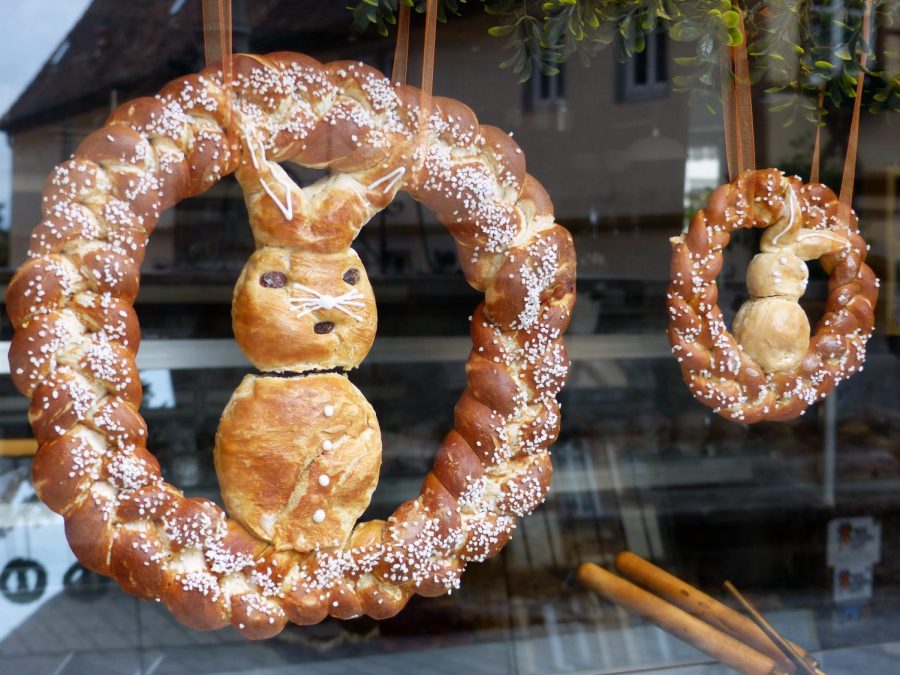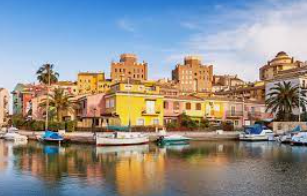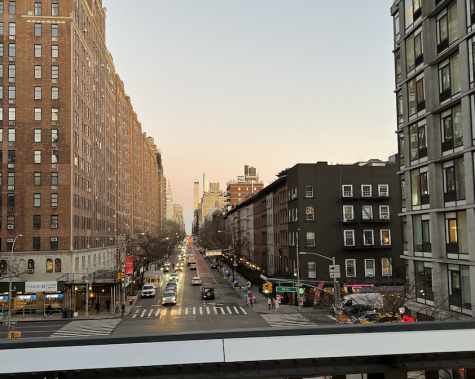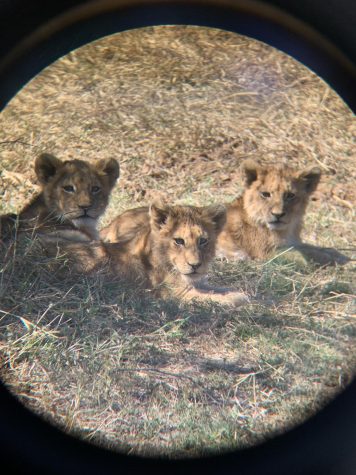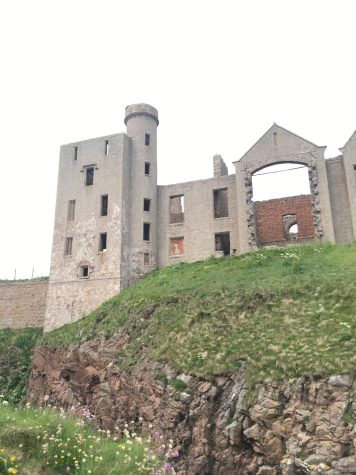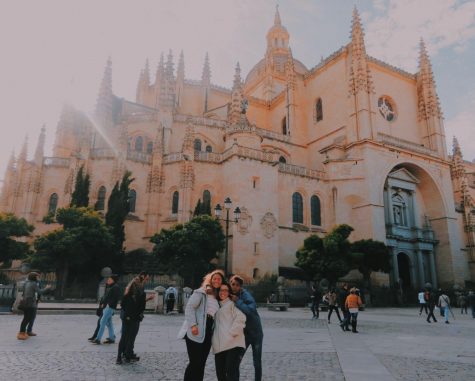Easter Around the World
How Easter is celebrated in other countries
Easter traditions vary widely across the world and every country puts its own unique spin on the holiday. Typically combining religion and local culture, these Easter traditions are representative of the beliefs and social customs of nations. Some of the traditions practiced in other countries include:
France
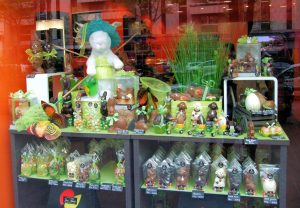
In France, rather than the Easter Bunny bringing presents to children, the “flying bells” deliver chocolate and goodies to kids on Easter Sunday. The most typical gift delivered is chocolate eggs. The theme of eggs is prominent throughout France during the Easter season. In one town, Bessieres, thousands of people gather to watch tens of cooks concoct a larger-than-life omelette made of about fifteen thousand eggs. Another common tradition involving eggs celebrated by the French is egg games such as egg rolling competitions. In these competitions, raw eggs are rolled down slopes, and the eggs movement is meant to symbolize the stone covering the tomb of Christ being rolled out of the way. Other popular egg traditions include easter egg hunts and decorating chocolate eggs. One other French tradition is the hosting of Easter markets. This tradition is especially popular in the Alsace region and markets sell regional crafts and foods along with seasonal goods.
Poland
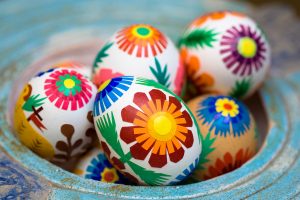
As a devoted Catholic nation, Poland’s Easter celebrations revolve around religion and the string of holy events leading up to Easter. Specifically, on Palm Sunday the Polish carry hoards of colorfully decorated, interwoven branches and branches from pussy willow trees. With no palm trees growing in Poland, the Poles celebrate palm Sunday using alternative plants. Also, the week leading up to Easter is considered “spring cleaning”, and many Poles use this time to give their barnes a fresh coat of paint and fast to some degree. No Polish easter celebration is complete without the decoration of Easter eggs. This tradition is thought to date back five thousand years, and many Poles decorate eggs using traditional dyes made from onions. Another common food tradition is the creation of Easter baskets full of typical Easter foods such as sausage, ham, bread, and cake. On Easter Sunday, the Polish go all out for their breakfast meal, and serve feasts featuring ham, sausage, bread, horseradish relish, roasted meats, and a variety of sweet yeast cakes known as “Babka”. One humorous Polish Easter tradition is on Easter Sunday, and is known as “wet Monday”. On this day, boys throw water on girls and spank them with willow branches.
boys throw water on girls and spank them with willow branches.
Italy
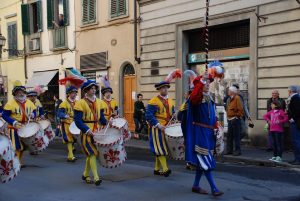
For the Italians, Easter is an extremely important holiday and its celebration is only second to Christmas. With the center of Catholic religion, the Vatican, located in the heart of Rome, the highlight of Italian Easter celebration is the celebration of Easter with the Pope. On Easter Sunday, the largest Easter mass is held by the Pope at Saint Peter’s Basilica in the Vatican. On Good Friday prior to Easter, the Pope also celebrates Via Crucis or “Stations of the Cross” near the Colosseum with burning torch lights which light the night sky. In the week before Easter, you can find traditional religious celebrations everywhere, especially Catholic processions through cities which often feature important statues of The Virgin Mary or Jesus. An exciting Easter tradition specific to the city of Florence is the Explosion of the Cart. During this festivity, a large decorated wagon is pulled through the street by white oxen. After church, the cart, filled with fireworks, is set off in a stunning display of lights and colors. Throughout the Easter season, the Italians also place great value on their traditional Easter foods such as lamb, goat, artichokes, hollow chocolate eggs, Easter breads, and a dove-shaped bread known as “Colomba”.
Finland

The Finish celebration of Easter is extremely unique and combines traditional customs of Finland with religion. One of the most prominent Easter rituals in Finland is the arrival of Easter Witches. These witches are little children dressed as witches who go door to door asking for candy. The children pass through neighborhoods either on Palm Sunday or Easter Sunday depending on the region of the nation. Typically, at the door the children will sing a traditional chant and offer decorated twigs and will then be given treats such as chocolate eggs in return. This celebration is historically tied to the laying of palms on Palm Sunday when Jesus entered Jerusalem. Along with these traditions, the people of Finland greatly value their holiday dishes. Two of the most common treats are Mämmi and Pasha. Mämmi is a brown colored pudding made from rye flour and malt. Pasha, another pudding, is cream colored and made from sweetened cheese, cream, eggs, and seasoning. Other popular Easter traditions in Finland include religious passion plays and processions, as well as the lighting of bonfires in Finnish villages to ward evil spirit aways.
Germany

Unknown to many, Germany is actually the home of the tradition of the Easter bunny. The eggs supposedly brought by the Easter bunny are a prominent component of the German celebration of Easter. Across the nation, people decorate trees in their yards with hoards of Easter eggs hung by string. Also, most German towns follow the practice of decorating the villages water fountain with eggs and other decorations. Fountains are decorated to honor the water. Additionally, the hosting of Easter markets is a common practice in many German cities and villages. At the markets, traditional treats and goods like hand-painted eggs are sold. In another tradition, large bonfires are lit across Germany on Good Friday. These fires are meant to symbolize Jesus Christ, the giver of light, as well as the end of Winter and the beginning of Spring. Regarding the Easter foods in Germany, many candies and chocolates are gifted in traditional hand-painted paper mache eggs and a lamb-shaped cake coated with powdered sugar or white frosting is often on tables in German homes.
Hopefully these Easter traditions have opened your eyes to the diversity of this religious holiday and inspire you to experience the celebration of Easter in another culture.



